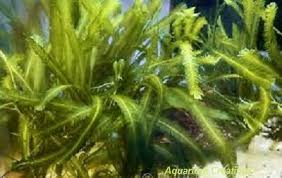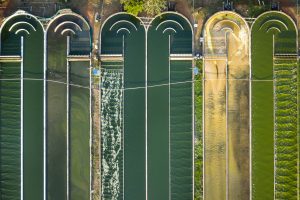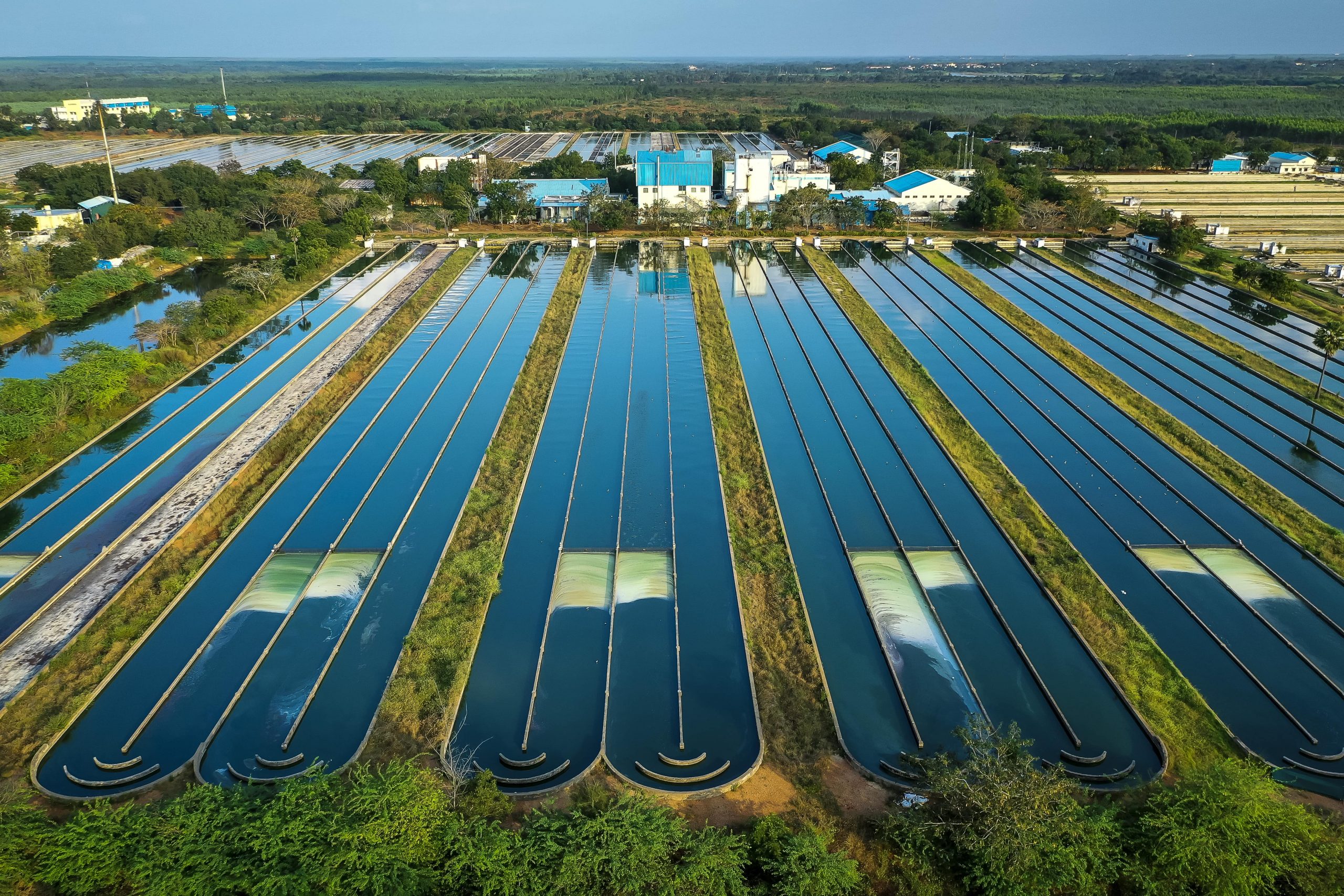


Basics:
It’s natural to find floating seaweed on top of large water bodies like ponds, lakes and lagoons. Maybe it took us all these years to finally identify the edible nature of algae or it could also be that as generations came and went, we might have forgotten this ancient knowledge. Today, we cultivate macro algae in ponds and lagoons for the purpose of food, additives for food, for pharmaceutical benefits, for the chemical industry and even cosmetics. That’s a wide range of applications for seaweed.
This edible seaweed was known to be consumed in the asiatic continent but in the last few decades, this information has spread across the globe. More and more people are interested in consuming algae because it is highly nutritious. Macroalgae appear in many colours and have different nutritional profiles.
People living near the ocean, namely fishermen, have always known this. The coastal population has always used seaweed as a source of food, a source of feed, a remedy for certain diseases and also an organic fertilizer. Scientists have discovered evidence regarding the use of certain families of seaweed in South Chile for food. Some of the other countries who have partook in this tradition are China, Korea, Japan, Indonesia etc. From these countries, macro algae was often exported to other parts of the world.
Most of the macroalgae cultivated is marketed for food and feed. The rest of the macroalgae is used for nutraceuticals, cosmetics and fertilizers. Macroalgae is often used as a feedstock for bio energy because they contain polysaccharides. Those which contain lipids can be used for making biodiesel and macro algae with the ideal C/N ratio can also help us produce ample bio gas. It is feasible to produce bio-energy from macroalgae but a cost effective model is yet to be devised.
Properties of Macroalgae:
Macroalgae are often anticancer, anti viral, anti fungal, anti oxidants, anti diabetic, UV protective and more. Scientists have also received confirmation on the fact that certain seaweed contain powerful antioxidants such as carotenoids and sterols, which makes the macroalgae neuroprotective compounds. The neuroprotective property of macroalgae helps us in treating neurodegenerative diseases such as dementia and parkinsons. The polysaccharides in the seaweed suggest many pharmacological benefits such as anti ulcer etc.
Aside from the pharmacological benefits and the use of seaweed as biofuel, let’s talk about its presence in the cosmetics industry. These marine organisms are used as coloring agents, emulsifiers and bio extracts in the cosmetics industry. Due to its photosynthetic properties, these seaweed have compounds which will absorb the harmful UV rays and make for good photo-protective elements that can be used for developing sunscreen lotions.
These applications of Macroalgae makes it a valuable resource for the future. There is clearly a rise in demand for these organisms and also cultivation is meeting up with the growing demands. As we focus on the benefits of seaweed, let us also understand that seaweed plays a great role in the conservation of the marine environment. Seaweeds are part of the food chain for marine animals and therefore support biodiversity. Seaweed also helps in protecting the tidal areas from erosion by maintaining the bed level and thus reducing the hydrodynamic energy.
The production and demand for these marine organisms has been growing rapidly and it attracts many organizations to invest more. One good thing about seaweed cultivation is that it does not fight for land or fertilizers.
Having discussed the presence of macroalgae in today’s world, we can conclude by saying these marine organisms are not only a source of food but also a strong contributor to biodiversity and climate change. In the coming year, there is definitely going to be an influx in the production and research of seaweed.

